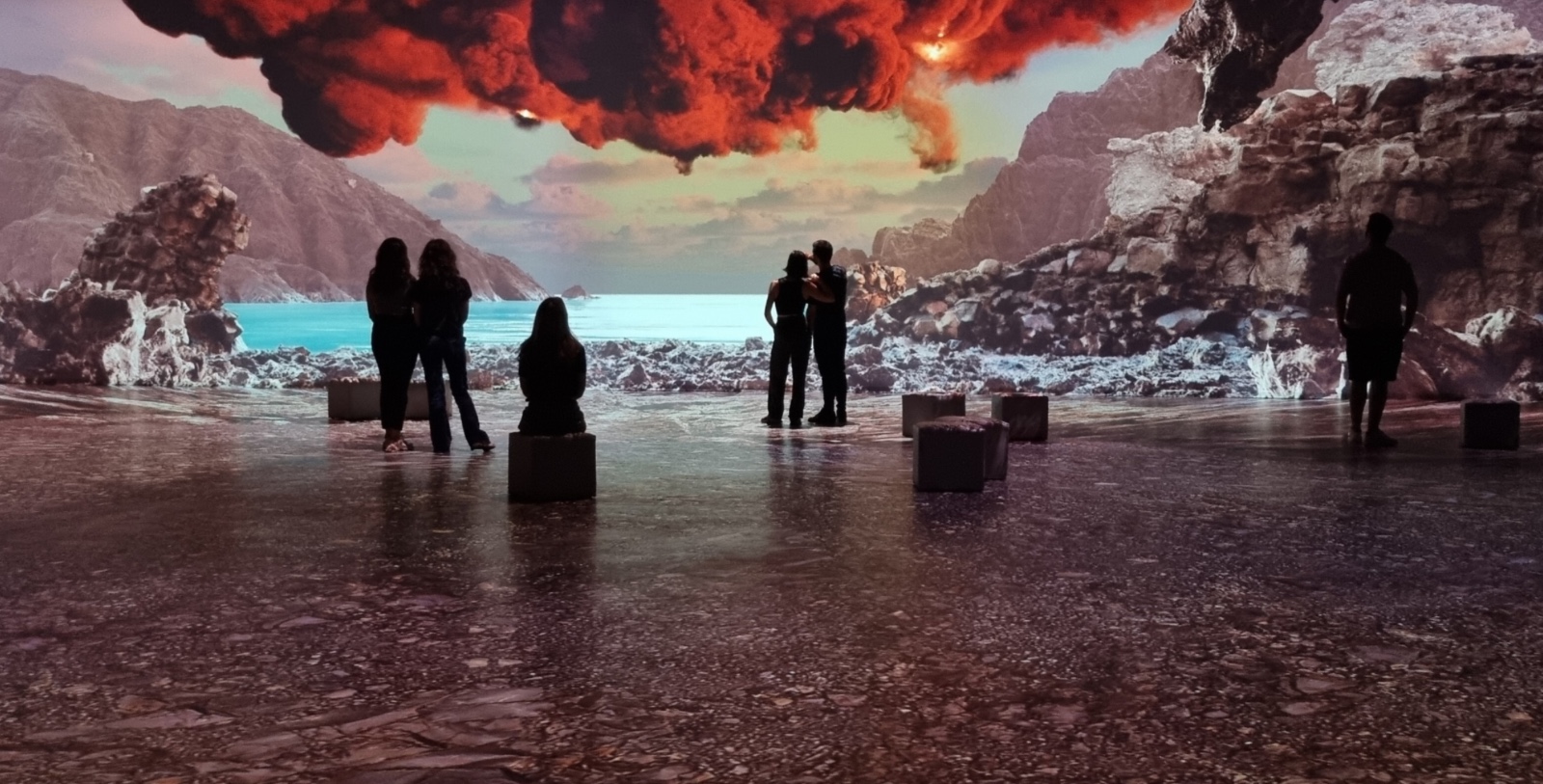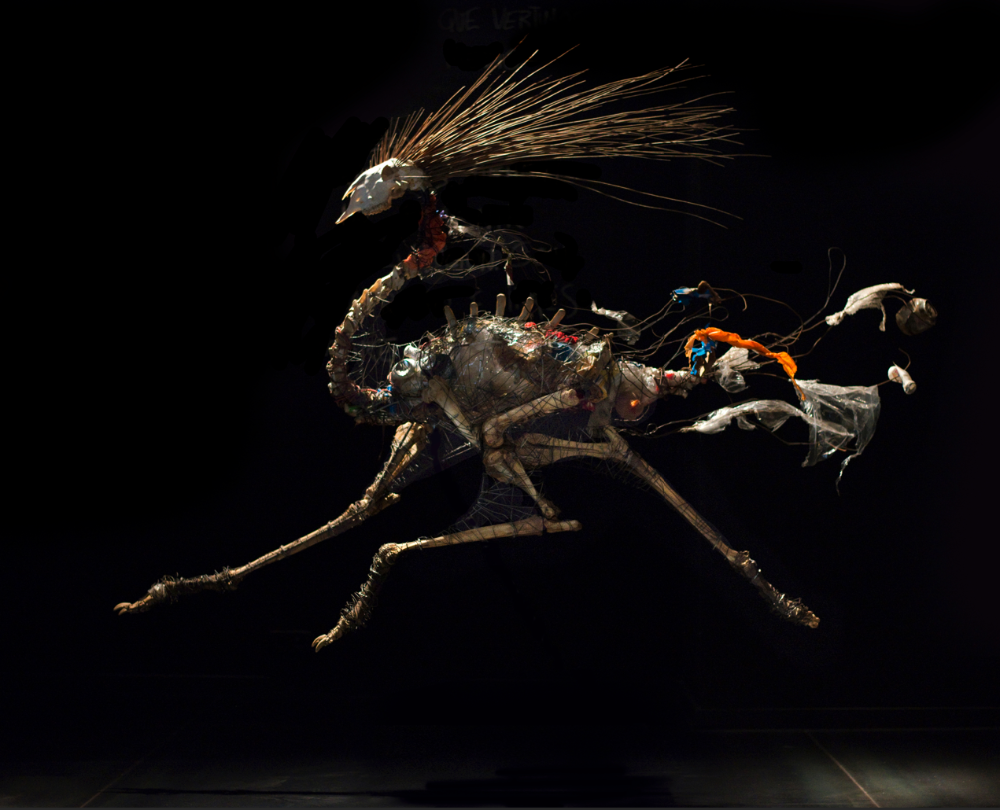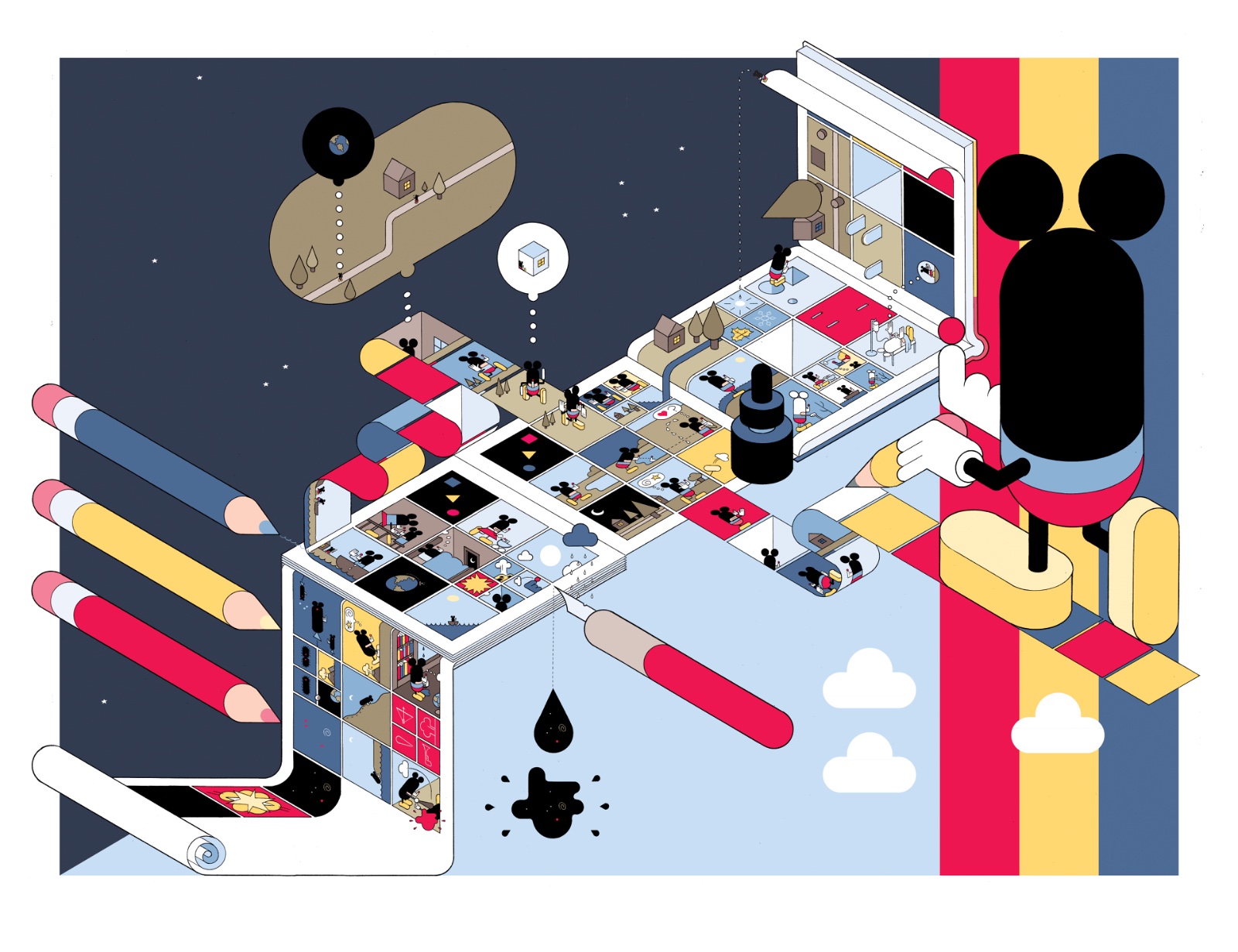Exhibitions
José de Madrazo and mythological fascination
The Prado creates a tour with drawings and portraits reinterpreting mythology.
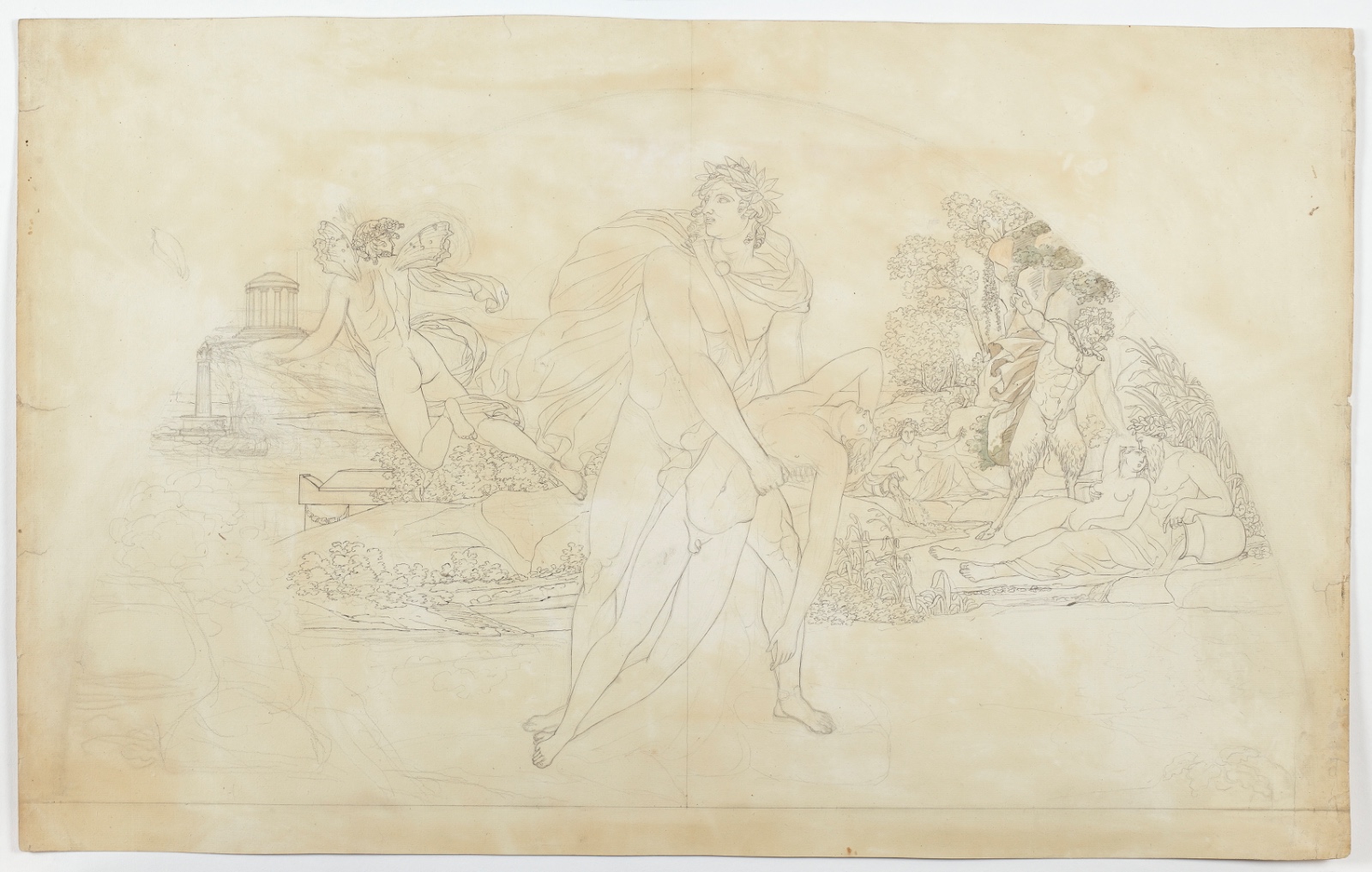
A look at the 18th and 19th centuries with José de Madrazo's (1781-1859) fascination with mythological metamorphosis. The Prado has created an opportunity to reflect on a period full of great historical and artistic transformations (an art in moments of multiple changes). It is an exhibition where drawing and portraiture take all the power and it does so from an astonishment of the artist from Santander and founder of an exceptional dynasty of later artists such as Federico Madrazo, Pedro Madrazo or Mariano Fortuny y Madrazo.
The exhibition, curated by Carlos G. Navarro, can be visited until June 22 in room 60 of the Villanueva building. Within this context of changes, where Francisco de Goya captured moments of war and all its cruelty with Napoleon expanding his empire, Madrazo in Rome reinterpreted mythology and did so as a metaphor for change and artistic survival. In parallel to the context of revolution, Madrazo developed a work in perpetual dialogue with masters such as Rafael or Mengs, but also stopped with important concerns of the time.
It will be in a setting like the city of Rome, the coincidence with Charles IV and exile, when the Cantabrian artist creates a series of drawings that the Museo Nacional del Prado is now exhibiting with Change of form: Myth and metamorphosis in the Roman drawings of José de Madrazo. An exhibition tour where two main groups of works are differentiated that raise doubts, questions and interrogatives about their original destiny. Thus, there are essays to be engraved, but also compositions to decorate specific spaces.
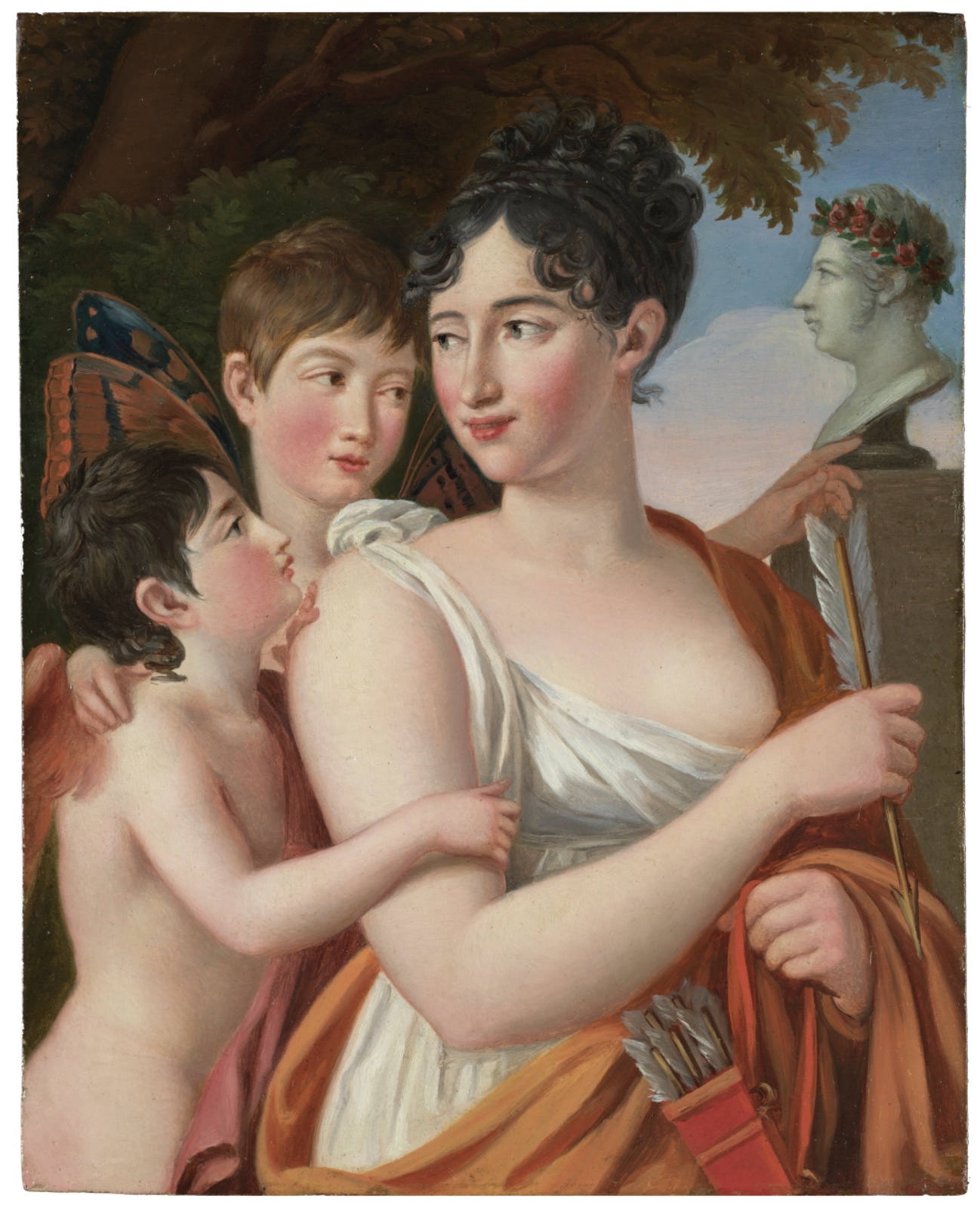 Josefa Tudó amb els seus fills Manuel i Luis Godoy, en un jardí, José de Madrazo (1812). Museu Nacional del Prado
Josefa Tudó amb els seus fills Manuel i Luis Godoy, en un jardí, José de Madrazo (1812). Museu Nacional del Prado
José de Madrazo had this superlative quality to reinterpret myths from a personal and scholarly perspective. But the exhibition goes a step further and mythology can also be observed through portraits, such as the portrait of Josefa Tudó together with her children, represented as Aphrodite, Eros and Antheros, next to a bust of Carlos IV. These are compositions where the symbolic load is key to creating a reflection of Madrazo's own representation of this mythology, but also of his excellent technique with an exploration of classical myths as a mirror of his time.
This new exhibition from the Madrid art gallery adds to the research work of Oath of Paper and takes another step in the review of the Daza-Madrazo Collection that the museum acquired in 2006. This change of form will transport the viewer to José de Madrazo's fascination with mythology, to create a metamorphosis and to capture all these elements in work on paper, in drawings full of details, without forgetting the artist's great erudition based on a rigorous study of the pictorial tradition, as well as of the contemporary scene.
Technical mastery, transformation, reinvention, dialogue and reflection are the elements that will be found throughout one of the great exhibitions at the Prado this 2025, along with El Greco. Santo Domingo el Antiguo, or the future ones on Paolo Veronese or Antonio Raphael Mengs at the end of the year.
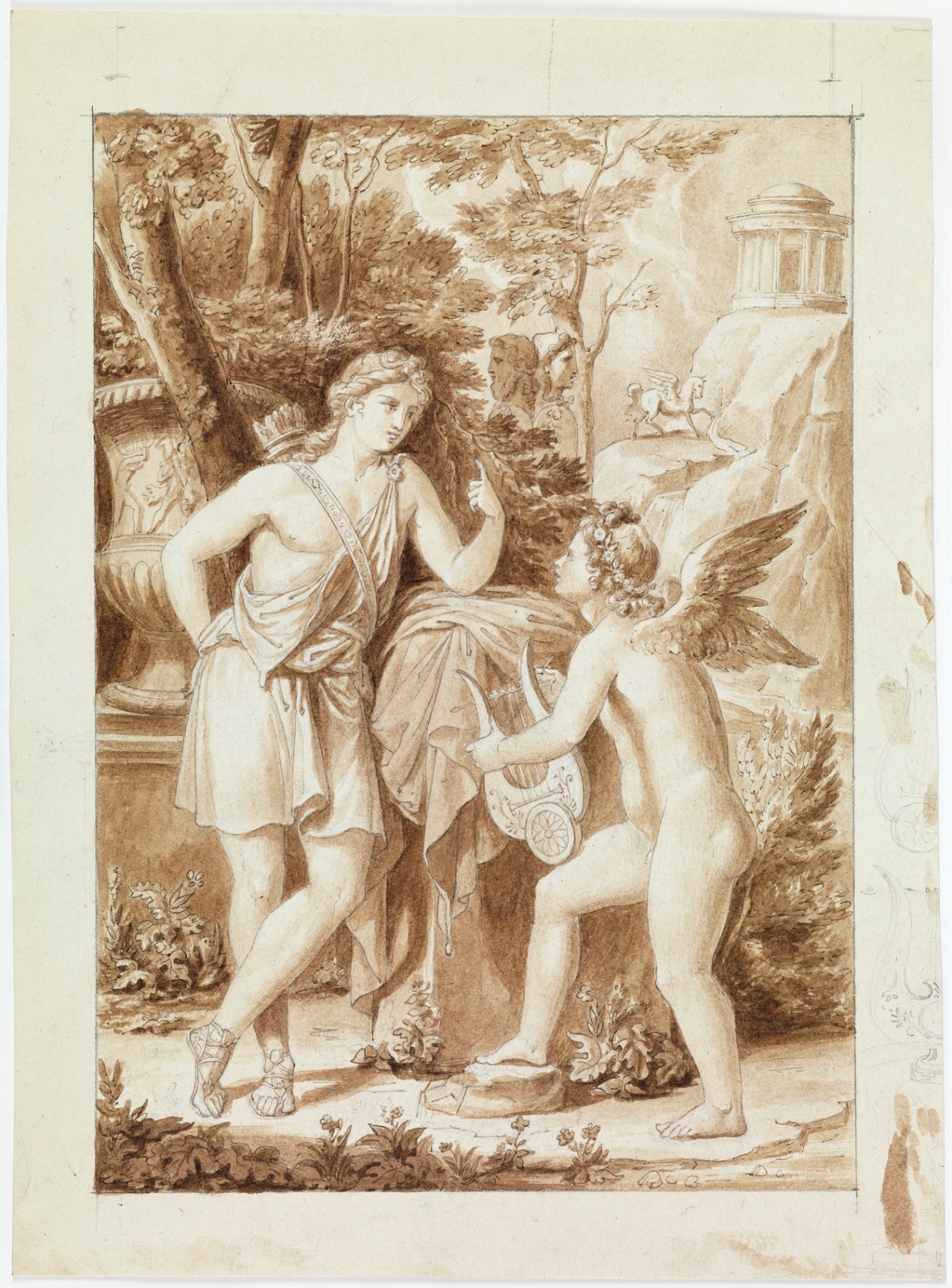 Discussió entre Apolo i Cupido, José de Madrazo (1812). Museu Nacional del Prado
Discussió entre Apolo i Cupido, José de Madrazo (1812). Museu Nacional del Prado





